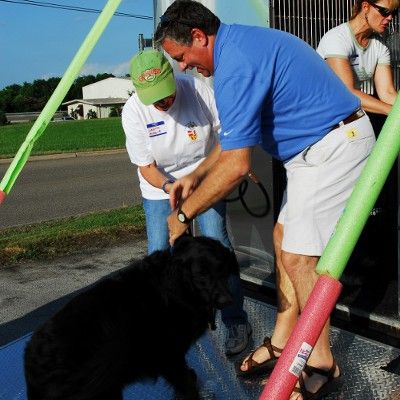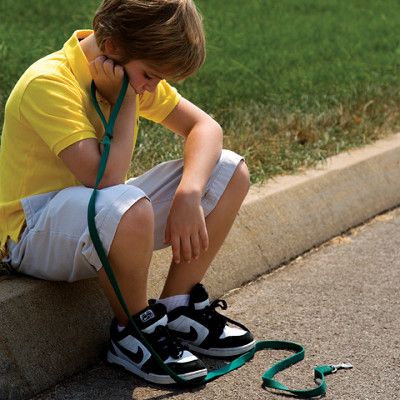So you’ve rescued a lost cat or dog. Congratulations for helping an animal in distress! Someone out there is frantically searching for a beloved pet. Follow these steps to give them both a happy ending.
Check for I.D. Tags

Look for any identification tags. If the pet has a city registration tag, contact animal control and explain the situation.
If the pet has a rabies tag, call your state's General Environmental Health department to find out which veterinarian issued the tag.
Register with Local Shelters

Most animal shelters keep a log of lost and found pets in their area. Contact local shelters to register the animal and add him to the logs. (See page 76 for phone numbers.) A lost animal may travel long distances if separated from his family, so get in touch with all neighboring shelters.
Scan for a Chip

Many pets have a microchip embedded just for this situation. Take the animal to a local shelter or veterinarian’s office equipped with a microchip scanner.
Scanning for a chip is quick and simple. The scanner “reads” the chip through the animal’s skin to find the unique identification code assigned to that cat or dog. The company that manufactured the chip has the owner’s address and phone number on file (if the owner has done his part to keep his address and phone number current).
Chips are usually planted in the back of the neck, but sometimes chips can migrate to other parts of the body. Make sure the scanner covers the pet's entire body and not just the neck.
Get the Word Out

- Use Facebook and Twitter to let your friends and family know. Send out emails describing the animal and where he was picked up and attach a photo.
- Advertise in the Lost & Found section of services such as the Center for Lost Pets, www. thecenterforlostpets.com, and Craig’s List, www.craigslist.org.
- Put an ad in the newspaper or neighborhood weekly.
- Check newspapers and online sites for Lost ads.
More Lost Pet Resources




